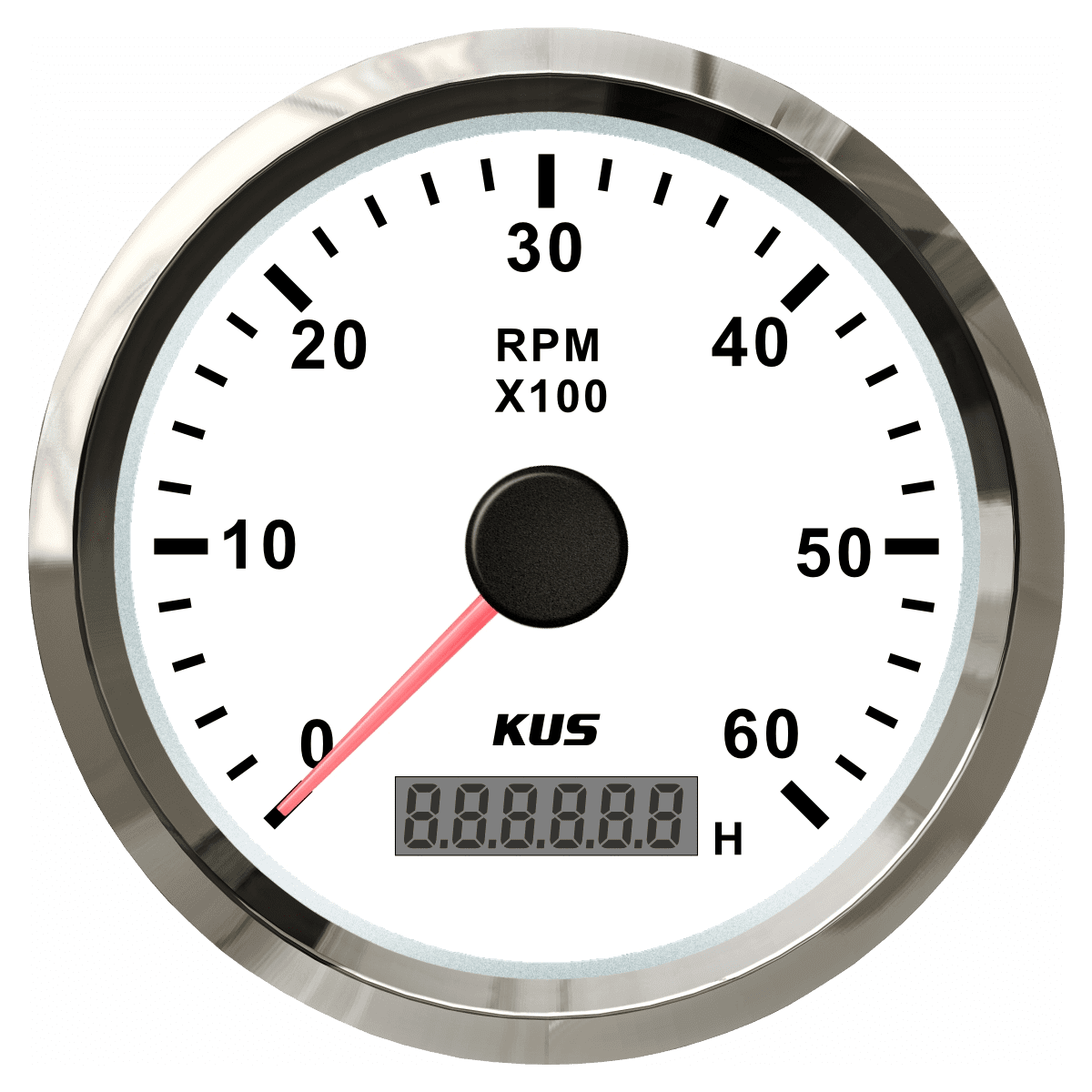Comprehensive Overview to Understanding and Utilizing a Tachometer Properly
Comprehensive Overview to Understanding and Utilizing a Tachometer Properly
Blog Article
The Importance of a Tachometer in Keeping An Eye On Engine Rate and Efficiency in Automotive Applications
In the world of auto engineering, the tachometer stands as a critical tool in the vehicle driver's collection, giving a direct window into the inner operations of an automobile's engine. Beyond its function as a simple scale of transformations per min (RPM), the tachometer serves as a vital tool for lovers and professionals alike, offering real-time insights into engine efficiency and wellness.
Significance of Checking Engine RPM
Keeping an eye on engine RPM, or revolutions per min, is a crucial aspect of automotive upkeep and performance evaluation. Engine RPM directly associates with the speed at which the engine's crankshaft turns, showing how quickly the engine is running - tachometer. By monitoring RPM, technicians can assess the wellness of the engine, spot potential concerns, and fine-tune efficiency. An uncommon RPM reading may signify issues such as engine misfires, damaged ignition system, or concerns with the gas delivery system. Constantly high RPM readings can suggest aggressive driving routines or the requirement for a greater equipment change to improve gas efficiency.
Moreover, checking engine RPM is important for efficiency analysis in racing and high-performance cars. In recap, checking engine RPM is not just important for finding concerns but also for enhancing engine efficiency in different automotive applications.

Advantages of Real-Time Information
In automotive applications, real-time data plays an important function in giving instantaneous understandings right into the efficiency and problem of the lorry. By continuously monitoring various parameters such as engine rate, temperature level, gas consumption, and extra, real-time information offers various benefits that contribute to improved effectiveness and safety and security when driving.
One considerable benefit of real-time information is its capacity to sharp drivers and specialists to any type of abnormalities or concerns promptly. This positive technique allows fast identification of prospective issues, permitting prompt interventions to avoid more damages or malfunctions. Furthermore, real-time data facilitates efficiency optimization by supplying immediate comments on driving routines and engine performance. Motorists can readjust their actions in real-time based upon this information to achieve much better gas economy and extend the lifespan of their vehicle.

Moreover, real-time data plays a crucial role in modern-day automotive diagnostics, enabling specialists to promptly diagnose and deal with breakdowns. This leads to lowered downtime, reduced maintenance expenses, and inevitably, improved general lorry reliability and durability (tachometer). By using the power of real-time information, automobile my explanation stakeholders can make educated decisions that favorably affect both the performance and long life of the vehicle
Effect On Equipment Shifts
The tachometer plays an important function in enhancing gear shifts by providing real-time engine rate information to the vehicle driver. When coming close to the redline on the tachometer, it indicates the motorist to upshift to stop over-revving the engine and triggering potential damage.
In addition, the tachometer help in accomplishing smoother gear transitions, particularly in manual transmissions. By monitoring engine rate, motorists can carry out equipment changes at the ideal RPM range, you can check here reducing snagging movements and reducing endure the transmission parts. This precision in gear adjustments not only enhances driving convenience however also adds to sustain effectiveness.
Enhancing Fuel Performance
Provided the crucial role the tachometer plays in maximizing equipment shifts for efficiency and engine health and wellness, it directly adds to making the most of gas effectiveness in automobile applications. By providing real-time comments on engine speed, the tachometer helps chauffeurs in keeping the most efficient RPM variety for fuel economic climate. When chauffeurs continually keep an eye on the tachometer and adjust their motoring routines accordingly, they can prevent unnecessary gas consumption triggered by over-revving or lugging the engine.
Moreover, the tachometer assists chauffeurs determine the most fuel-efficient equipment Click Here to be in at any kind of provided moment, protecting against the engine from functioning more challenging than needed. In final thought, the tachometer serves as an important device in boosting fuel effectiveness by advertising ideal driving practices and determining areas for enhancement in the automobile's efficiency.

Making The Most Of Engine Longevity
The tachometer's role in keeping an eye on engine speed and performance is important in making certain the longevity of vehicle engines. Checking the tachometer permits motorists to remain within the recommended RPM range for their automobile, protecting against unnecessary strain on the engine and extending its lifespan.

Final Thought
To conclude, the tachometer plays a crucial function in keeping an eye on engine rate and performance in automobile applications. By offering real-time information on RPM, it enables for efficient gear changes, enhanced fuel effectiveness, and maximized engine longevity. This tool is essential for preserving optimum engine efficiency and making certain the general functionality of a vehicle.
Report this page